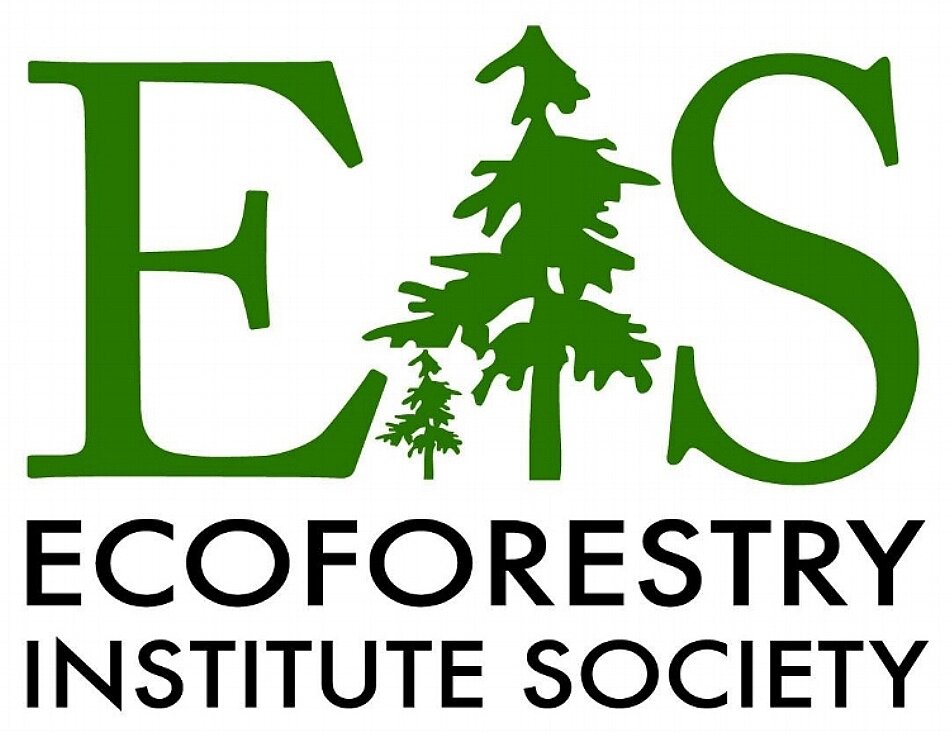You Can Help Save Cable Bay!
Cable Bay, located in the Cedar area, is 400+ acres of rare Coastal Douglas-fir forest that includes 5 Garry Oak meadows! These beautiful lands are under threat of development. Help us STOP DEVELOPMENT of this forest!
The roots of this tree still communicate with the forest
Syeyutsus means “Walking Together” in Hul’quminum
The Stz’uminus Community has historic ties with the Yellow Point area, and Wildwood lies within the overall territories of the Quw’utsun tribes, including Snuneymuxw. The Ecoforestry Institute is committed to Walking Together with our Indigenous friends on a journey of understanding, respect and sharing of knowledge about the Land and its forests.
Leaders, language teachers and Knowledge holders of these peoples have all been a part of the development of Wildwood, including participation in a special cleansing ceremony when EIS took stewardship of Wildwood.
Merv had relationships with Dr. Luschiim Arvid Charlie and other Indigenous leaders from way back, and these relationships have continued. We are working hard, with our Education committee member, Stephanie Johnson, to strengthen our ties with First Nations, in the spirit of Truth and Reconciliation. Stephanie and her Coast Salish mentors organized a traditional pit cook event at Wildwood (one of several we’ve have held over the years), and also celebrated the launch of the new book Luschiim’s Plants.
Some Elders who have come to Wildwood say that it is a very special, spiritual place.
Who We Are
The Ecoforestry Institute Society (EIS) is a registered nonprofit, charitable society comprised of a volunteer Board and a strong core of community volunteers. Together, we are dedicated to the principles and practices of ecoforestry – that is, demonstrating that we can harvest trees and plants from the forest while maintaining healthy and integrated ecological systems.
We place value on the services provided by nature such as the provision of the air that we breathe, hydrological systems that filter and distribute water, carbon sequestration, the nutrients that feed the forest through natural decaying processes, and wildlife habitat.
We believe it is essential to work within the capacity of nature, and that we can develop a viable economic framework built on the stewardship of an ecologically sound forest. Economic value can be gained through the production of value-added wood goods and services, educational programming, ecotourism and related activities.
EIS is the Trustee of Wildwood Ecoforest and holds the property on behalf of the people of British Columbia.
Introducing Wildwood- a success story from a damaging industry.
Origins
EIS grew out of a movement in the mid-1990’s as a number of academics from the University of Victoria and local environmentalists sought a better way to manage our rapidly depleting ecosystems. Founders include well-known luminaries:
Dr. Alan Drengson (contributor to the deep ecology movement and UVic Emeritus Professor of Philosophy);
Dr. Duncan Taylor (contributor to the deep ecology movement and UVic Professor of Environmental Studies);
Dr. Nancy Turner (ethnobotanist and UVic Emeritus Professor); and
Sharon Chow (Sierra Club Director for 20 years).
Merv Wilkinson himself was to become a member and was later awarded for his pioneering work in ecoforestry with the Order of Canada and the Order of British Columbia. Learn more about Merv here.
Why Old-Growth Trees Are Crucial to Fighting Climate Change
Nature is already socking away a lot of carbon for us. It could soak up a lot more—if we help.
https://www.wired.com/story/trees-plants-nature-best-carbon-capture-technology-ever/






